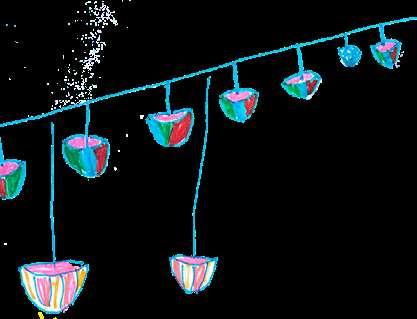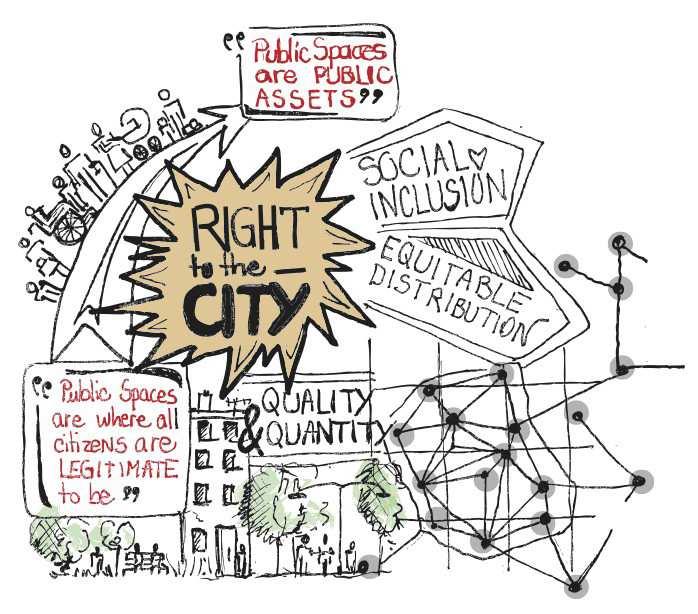
1 minute read
PROJEKT DESCRIPTION
A Monument Of The City To Build is a process-driven social engaged artistic project, initiated by Azadeh E Zaghi and Reyhaneh Mirjahani, presenting the concept of the “right to the city”, public space, residentship right and responsibility through the series of pedagogical processes events and discussions and the exhibition format. The project aims to engage the residents of Gothenburg via similar content, placing an emphasis on dialogical meetings, and to understand the differences of response, engagement, and conversation around the right to the city. This approach is pursued in an effort to stand against the marginalisation of Gothenburg.
Through a method of pedagogical artistic integration, this project intends to empower the residents to be part of the ongoing discussion on the “right to the city” and to see themselves capable of demanding a better environment for themselves, for those around them and for their city Gothenburg, by speaking their stories and reflecting on their lived experience in the city, while translating this exploration into a collaborative artwork.
Advertisement

The illustration is from www.learning.uclg.org

Purcell, M., “Excavating Lefebvre: The right to the city and its urban politics of the inhabitant”, GeoJournal 58, pp. 99-108, 2002.
Harvey, D., “The Right to the City”, New Left Review 53, pp. 23-40, 2008.
In recent years the “right to the city” has become a more and more fascinating slogan when we talk about urban space and its inhabitants. As an alternative to liberalism idea of urban space, the right to the city originated by Henri Lefebvre put forwards a “radical restructuring of social, political and economic relations” in the city (Purcell, 2002) and it has turned into a standing point for social movements, academic circles and cultural organizations to foster and open-ended vision of urban politics.
The right to the city aims to reorient decision-making away from the state and towards the production of urban space, restructuring the power relations which underline urban space and transferring control from capital and the state over to urban inhabitants. The right to the city revolves around the production of urban space so it is by and for those who live in the city, who





